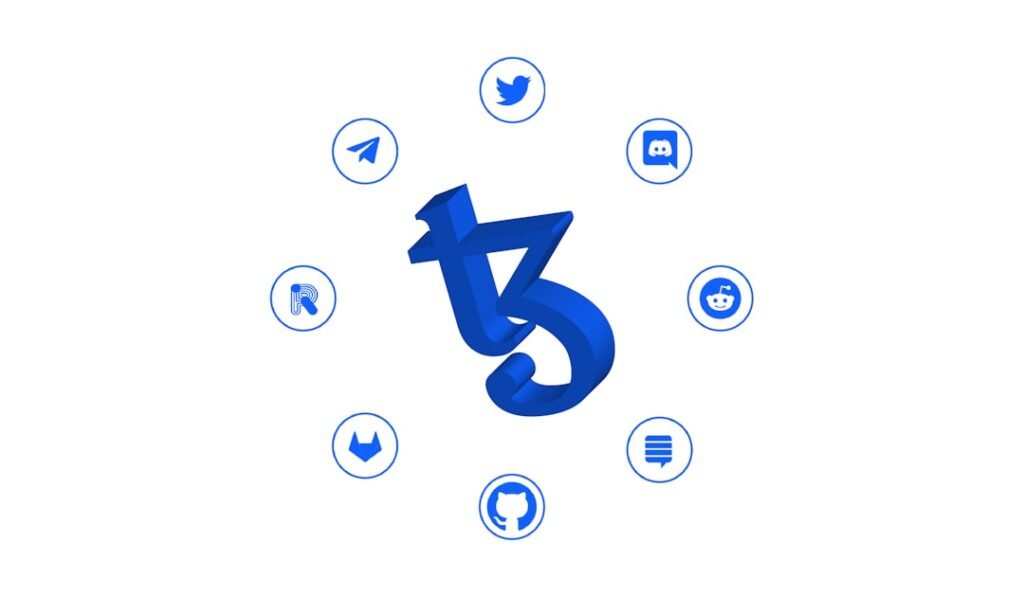Circle, the issuer of USDC stablecoin, is developing mechanisms to reverse transactions in cases of fraud and hacking while maintaining settlement finality, according to company president Heath Tarbert. The proposed system would function through a “reverse payment” layer atop Circle’s upcoming Arc blockchain, drawing parallels to credit card chargebacks. Tarbert emphasized that traditional financial systems offer consumer protections currently absent in cryptocurrency ecosystems. The initiative aims to make USDC more appealing to institutional users by incorporating fraud prevention features familiar in conventional finance. However, the proposal has ignited significant debate within the cryptocurrency community. Critics argue that granting transaction reversal capabilities could effectively position Circle as a central banking authority within decentralized finance, potentially undermining core blockchain principles of immutability and censorship resistance. Existing Intervention Mechanisms: Both major stablecoin issuers already maintain account freezing capabilities, though their approaches differ significantly. Tether employs an active intervention model, maintaining blacklist functionality within USDT smart contracts that enables freezing, destruction, and reissuance of tokens in specific addresses. The company has frozen approximately $1.86 billion across 1,850 wallets in collaboration with 180 global agencies since 2024. Circle follows a compliance-focused approach, typically freezing addresses only upon receiving valid law enforcement or court orders. While USDC contracts include blacklisting capabilities, Circle’s terms of service explicitly state that completed on-chain transactions are irreversible without unilateral company intervention. Historical Context of Transaction Reversibility: The debate over transaction reversibility has deep roots in blockchain history. The 2016 DAO hack resulted in Ethereum’s controversial hard fork, creating Ethereum Classic as a splinter community opposed to the intervention. Subsequent proposals including EIP-156, EIP-867, and EIP-999 attempted to establish recovery mechanisms but faced significant community resistance. More recent developments include ERC-20R and ERC-721R standards proposed by Stanford researchers in 2022, introducing reversible token transfers with decentralized arbitration. These proposals emerged amid escalating cryptocurrency theft, totaling $14 billion in 2021 alone. Notable Blockchain Rollback Events: Historical precedents demonstrate varying approaches to transaction reversibility: – 2016: Ethereum’s DAO hard fork recovered 3.6 million ETH but split the community – 2018: EOS implemented chain arbitration, facing backlash over centralized governance – 2022: BNB Chain successfully halted operations after a $5.7 billion exploit, freezing most stolen assets Stablecoin freezing mechanisms have proven effective in recent high-profile incidents, including the 2020 KuCoin hack ($35 million USDT frozen) and 2021 Poly Network exploit ($33 million USDT frozen). Conclusion: Circle’s exploration of reversible transactions highlights the fundamental tension between blockchain immutability and user protection requirements. The cryptocurrency industry continues to seek balanced solutions that provide necessary safeguards while preserving decentralized trust foundations. Circle’s success will depend not only on technical implementation but also on achieving broader community acceptance of its proposed framework.












